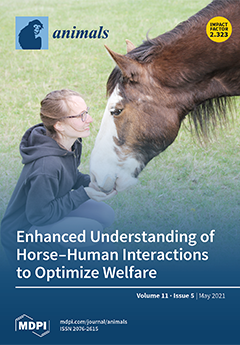Accumulating evidences demonstrate that fermented feed and liquid feeding exerted a great beneficial influence on growth performance and health in the pig industry. This experiment was conducted to evaluate the effects of fermented liquid feeding on the growth performance and intestinal function of pigs. Two hundred and eighty-eight 27-day-old weaned piglets (8.21 ± 0.27 kg) were randomly allocated to a control group (basal diet (CON)), an antibiotic group (basal diet supplemented with antibiotics (AB)) and a fermented liquid feeding group (basal diet with fermented liquid feeding (FLF)), with 6 replicates per treatment and 16 weaned piglets per replicate. The experiment lasted for 160 days. Fresh fecal samples were collected to evaluate the apparent total tract digestibility (ATTD) of nutrients from the last 4 days of each stage. The results are shown as follows: (1) Compared with the CON group, in the whole stage, the FLF diet significantly increased the final body weight (BW) and ADG of pigs (
P < 0.05), and had a tendency to increase ADFI (
P = 0.086), but had no effect on F/G. (2) The ATTD of dry matter (DM), crude protein (CP), ether extract (EE), crude ash (CA), crude fiber (CF), gross energy (GE), calcium (Ca) and total phosphorus (TP) in the FLF group was significantly elevated compared with those of the CON group at 8–20 kg stage (
P < 0.05). Meanwhile, the ATTD of EE in the FLF group was significantly increased compared with that of the CON group at the 50–75 kg and 100–125 kg stages (
P < 0.05), and the ATTD of Ca was higher than that of CON group at the 100–125 kg stage (
P < 0.05). (3) Compared with that of the CON group, the level of serum leptin in the FLF group had a tendency to decrease (
P = 0.054), the level of serum ghrelin in the FLF group was significantly elevated (
P < 0.05) and the level of serum peptide YY in the FLF group was significantly decreased (
P < 0.05). (4) The abundance of
Lactobacillus in cecal and colonic digesta was observably enhanced in FLF group. Meanwhile, the abundance of
Escherichia coli in cecal and colonic digesta were dramatically reduced in the FLF group compared with that in the CON and AB groups (
P < 0.05). (5) The levels of acetic acid in colonic digesta were significantly increased in the FLF group (
P < 0.05), and an increasing trend was observed in total VFA in colonic digesta compared with CON (
P < 0.1). The levels of acetic acid in colonic digesta were significantly promoted in the FLF group compared with that of the AB group (
P < 0.05). In conclusion, these results indicate that fermented liquid feeding improved the growth performance of pigs, which might be associated with gastrointestinal hormone and intestinal functions.
Full article






